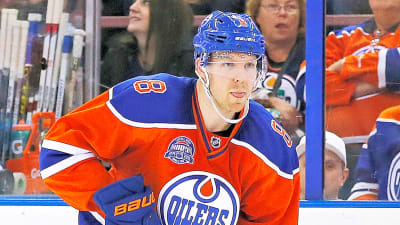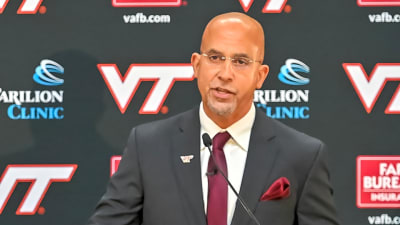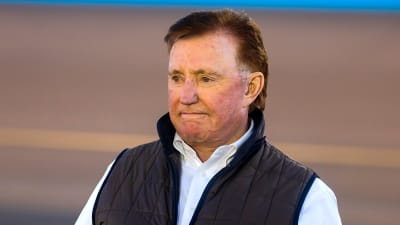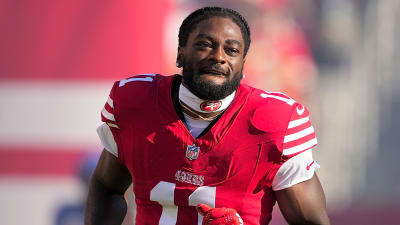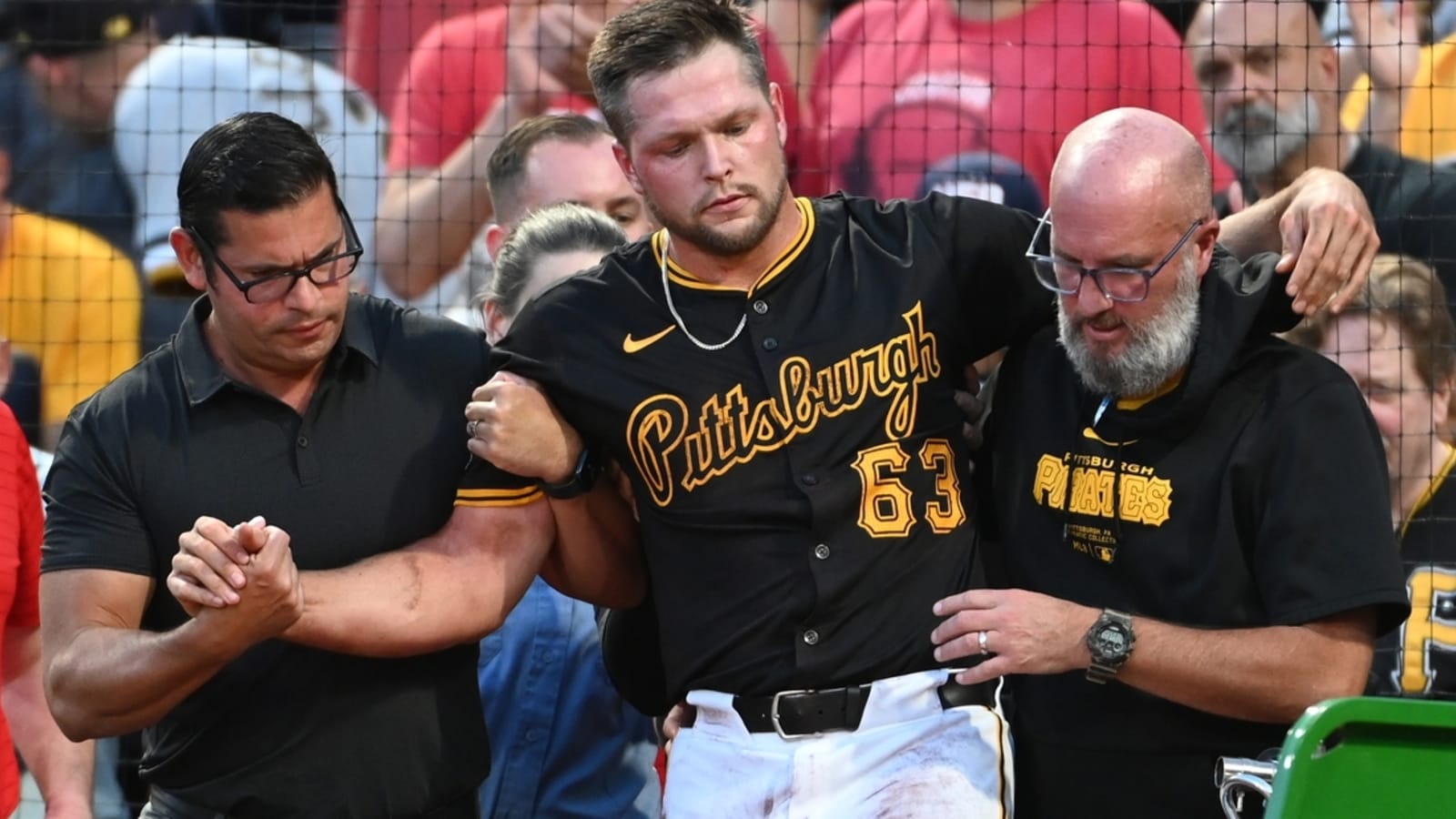
Pittsburgh Pirates reliever Hunter Stratton suffered a patella tendon rupture to his left knee during Saturday night's loss to the Cincinnati Reds.
The team said imaging would be done to determine the injury's severity.
Before the team released the diagnosis, manager Derek Shelton said the right-hander's injury "did not look good. I would say this is going to be significant time [out]."
In relief of starter Jake Woodford in the fourth inning, Stratton was facing his first batter, Tyler Stephenson, with the bases loaded. Stratton uncorked a wild pitch, allowing Jonathan India to score from third. On the play, Elly De La Cruz also scored from second to give the Reds an 8-2 lead as Stratton missed the flip from catcher Joey Bart. He chased the ball to the backstop but fell awkwardly trying to retrieve it, clutching his left leg.
Stratton was charged with an error on the play.
Jalen Beeks replaced Stratton and retired the next two batters to end the inning.
Stratton, 27, is 2-1 with one save and a 3.58 ERA in 36 relief appearances this season, his second in the majors.
More must-reads:
- Rangers, Mets reportedly agree to blockbuster trade
- Three non-playoff MLB teams that could contend in 2026
- The '2025 NFL draft QB class' quiz
Breaking News
Trending News
Customize Your Newsletter
 +
+
Get the latest news and rumors, customized to your favorite sports and teams. Emailed daily. Always free!
